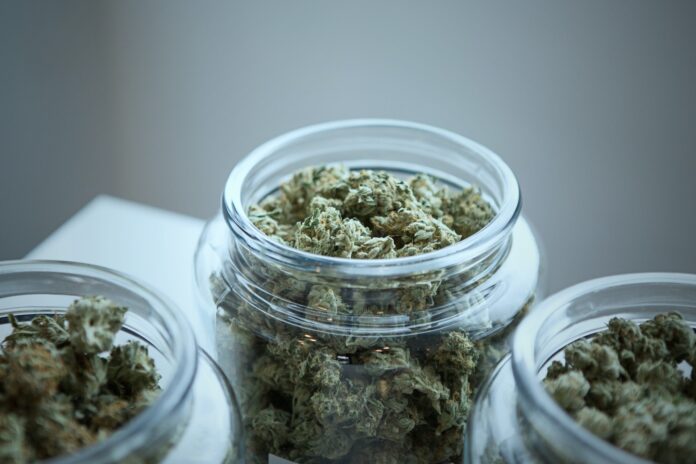
Although there are still skeptics about this plant, marijuana has been used for medicinal purposes for years. Of course, here we are talking about medical marijuana, which has no hallucinogenic effects and does not create addiction.
What is medical marijuana and what is it used for?
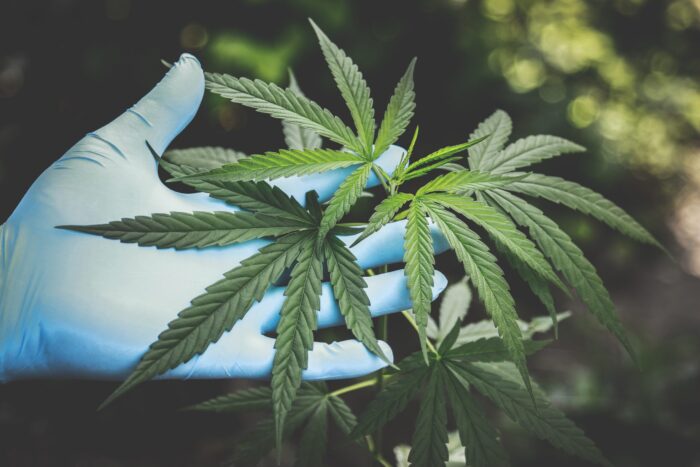
It is important to clearly and unambiguously separate the use of cannabis for medical purposes from that for recreational purposes. Medical marijuana is a preparation consisting of cannabinoid substances. It is used to relieve the symptoms of various health conditions. It helps with many diseases, for example, cancer, multiple sclerosis, AIDS, and others. In other words, medical marijuana is plant-like recreational marijuana, but it is used exclusively for medicinal purposes. The main difference between these two types is the amount of THC present which is significantly less in medical marijuana. THC is an ingredient that causes hallucinations.
The preparations usually come in the form of a tablet or an oil solution. Cannabinoid drugs are used in medical practice when therapy does not lead to improvement. They are taken as an adjunct to the prescribed therapy. Some states have already legally allowed patients to use marijuana legally for medical purposes.
Three main groups of cannabinoids, which have medical effects:
- Tetrahydrocannabinol (THC) is the main psychoactive ingredient in marijuana. It is responsible for psychoactive effects and alleviates some medical conditions. THC enters the lungs and bloodstream. It stimulates brain cells to release dopamine. It causes changes in the release of transmitters in the spinal cord. It has an analgesic effect which means it is used to relieve pain. Increases appetite and sense of smell or hearing. It has an antiemetic effect and is considered an effective remedy for nausea or vomiting
- Cannabidiol (CBD) is known for its medical effects, but it does not have a psychoactive effect. It can work together with THC and improve its effects. It is used to control epileptic seizures, treat some types of cancer, multiple sclerosis, AIDS, and other diseases.
- Cannabinol (CBN) is formed by the chemical degradation of tetrahydrocannabinol. In a plant that is not adequately stored, THC is broken down into CBN.
Is it legal?
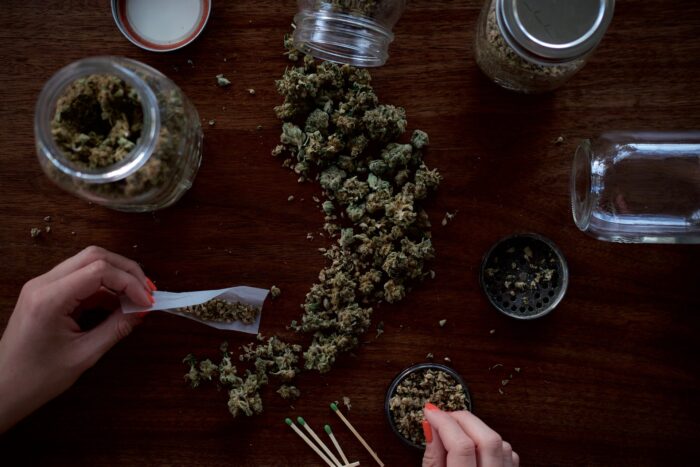
More and more countries are legalizing the use of cannabis, and four years ago, Australia did the same. Of course, we are talking about its use for medical purposes, while recreational consumption is still illegal. The Minister of Health in Australia once stated that the goal of this country is to become one of the largest exporters of medical cannabis. However, in Australia, a small number of patients are still treated in this way, and it is usually prescribed to patients suffering from deadly diseases such as cancer and AIDS and treated as a painkiller. Because many doctors are reluctant to prescribe marijuana treatment, patient access to this drug is difficult.
Where can you get it?
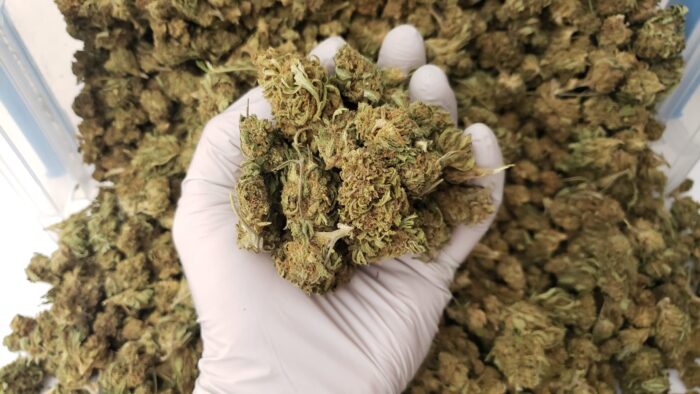
As we have already mentioned, Australia is still not that easy to get to this medicine. Of course, that doesn’t mean it’s not possible, but it means you can’t get it without a prescription prescribed by your doctor. You will also need to have proof that you really need it, written by an approved medical cannabis doctor with the stated reason why this treatment is recommended. One such approved prescriber is sydneyspinepain.com who is based in Sydney, Australia.
So, the only way to get this medicinal plant in Sydney and all over Australia is to consult with authorized prescribers and medical practitioners where you will have to submit a referral from your doctor, a full medical history, and any relevant prescriptions or medical information. In Australia, many still think that the TGA must approve doctors who are allowed to prescribe cannabis for medical purposes, which is a myth because it can be done by an approved pain specialist.
How to consume medical marijuana?

Medical marijuana can be consumed in various forms. Methods of administration depend on the patient’s condition. It is necessary, in consultation with a doctor, to approve an effective method for the treatment of a particular disease.
Medical marijuana can be consumed in a variety of ways. Some of them are inhalation, smoking, oral administration, and external application to the skin. Inhalation allows for quick effects. The vapor enters the lungs and is absorbed through capillaries into the bloodstream.
The effects of inhaled cannabis last for about 4 hours
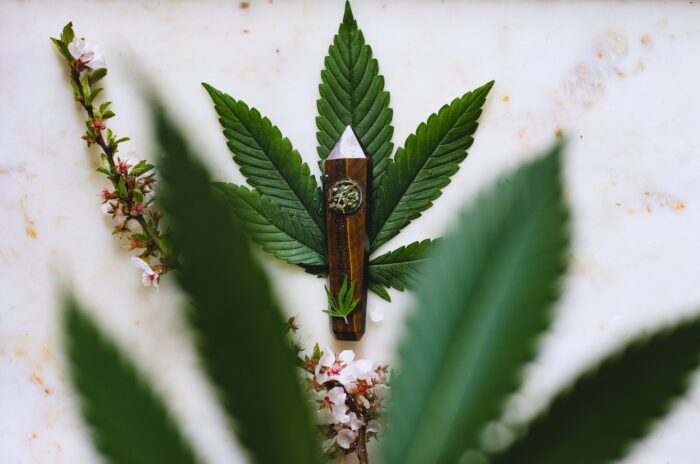
Smoking is the most common method of using marijuana. The effect occurs very quickly after inhaling a few clouds of smoke of marijuana, so it is easy to dose the amount needed to achieve a therapeutic effect.
Oral administration of medical marijuana ensures rapid effects because the drug is rapidly absorbed into the bloodstream. CBD oils or tinctures that are alcoholic extracts and contain a large proportion of natural or synthetic cannabinoids are used.
CBD oils are applied as a food supplement or drip under the tongue. Consuming edible preparations or tablets achieves slower effects. They occur most often from two hours after consumption. Caution is advised when using edible preparations as an overdose of THC can easily be ingested.
Cannabinoids are fat-soluble so absorption problems may occur depending on metabolism. A workaround for this problem is cannabutter. It mixes best with fat-soluble cannabinoids and can be used to prepare a variety of foods.
The external application refers to marijuana-based preparations that are applied directly to the skin. The preparations come in the form of lotions, balms, creams, and ointments.
Marijuana has an antibacterial effect and therefore accelerates wound healing. The external application treats burns, swelling, rashes, or muscle aches.
Conclusion
Although no serious side effects have been reported, as well as significant consequences after excessive intake, it is important to consult a doctor before consumption, who will give his expert opinion and prescribe the recommended dose. This is especially important if you already have some therapy, because in combination with certain drugs there may be a reduced effect or contraindications.








